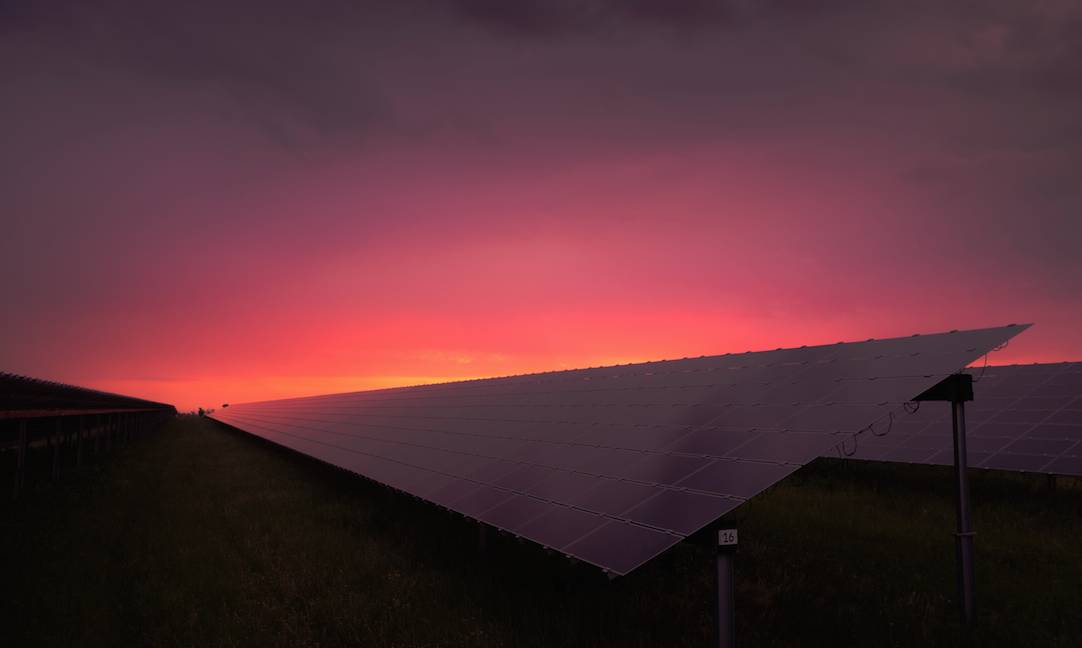Code Green Solutions


You’ve seen many headlines touting “record new solar panel efficiency.”
We get excited seeing those, too. But they don’t matter.
Alright, that was shock value. Let me explain.
First, take a gander at the mind-numbing chart from the US National Renewable Energy Lab (NREL) below. This is one of my favorite figures in the whole world.
Now, please memorize it — there will be a quiz later. (Or so I tell my corporate and military executive students. They laugh at my false threats.)
What does this figure say to you?
Three potential takeaways:
1. There are way more types of solar panels than you thought, right?
2. Solar panel efficiencies have improved considerably between 1975 and 2015. Duh.
3. The guys doing the stuff in red font should get new jobs given their low efficiency. (Not really. Those are super cheap organic polymer-based solar cells. Their future will come one day.)
OK. Now forget that graph. Look at these two more important charts from Bloomberg.
Do you see any relationship between these the red and blue lines? (I hope you do.) Cost falls. Solar installations go up.
And now for the next chart.
Yes, you are reading that right. A 99% drop in solar panel prices since 1976.
I know, I know. I hear the devil’s advocate: But doesn’t greater volume of solar installations drive down costs?
Yep, but the opposite is more true. Cost drives volume.
China got in the manufacturing game just as the recession of 2008 hit and EU solar demand fell off. Solar panel prices fell faster and haven’t really stopped, resulting in an 80% drop prices in the last 8 years.
For more data and graphs about solar’s falling costs and coming world domination (insert dramatic music), see energy rockstar Joe Romm’s piece “You’ll Never Believe How Cheap New Solar Power Is.”
In case you fear that my ponytail is getting in the way of my PhD and love of private equity (insert humor), and that I’m being too kind to solar, consider this projection from Bloomberg:
By 2040, global investment in solar will total $3.4 trillion, while fossil fuels and new nuclear will only receive $2.1 trillion and $1.1 trillion, respectively.
One word: Yikes.
So what?
The next time you hear a sales pitch about panel efficiency, praise them for their ingenuity. They are real wizards.
But just keep asking: What is the resulting $/kwh and Internal Rate of Return of the solar project?
Efficiency is the finger point at the moon. Please go after the moon.
##
Article via IronOak Energy Insights.